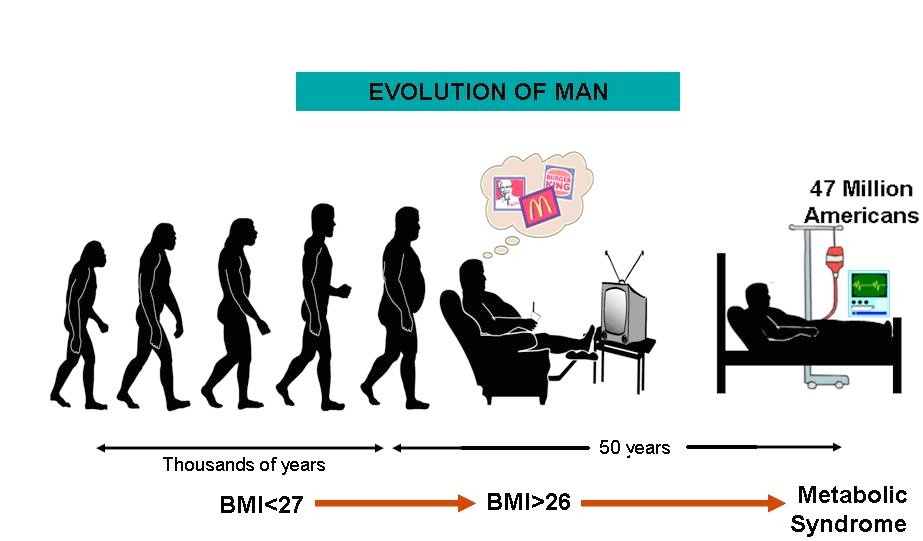Sitting is the new smoking
- Karla Verwey
- Jun 10, 2023
- 2 min read
Even when adults meet physical activity guidelines (at least 150 minutes a week of moderate-to-vigorous intensity physical activity), sitting for prolonged periods can compromise metabolic health.

So let’s break it up:
1. Sitting for prolonged periods:
Sedentary behavior (from the Latin sedere, “to sit”) include sitting during: TV viewing, computer and game-console use, workplace sitting and time spent in automobiles and are typically in the energy-expenditure range of 1.0 to 1.5 METs (multiples of the basal metabolic rate). In contrast, moderate-to-vigorous physical activity such as cycling, swimming, walking or running require an energy expenditure of 3 to 8 METs.

The particular metabolic consequences of time spent watching TV are adverse, even among those considered to be sufficiently physically active to reduce their chronic disease risk. This finding reinforces the potential importance of the deleterious health consequences of prolonged sitting time, which may be independent of the protective effect of regular moderate-intensity physical activity.
ACTIVE COUCH POTATO: Individuals who are physically active but also spend a high amount of time being sedentary. An example would be an office worker who jogs or cycles to and from work, but then sits all day at a desk and spends several hours watching TV in the evening.
2. Compromised metabolic health:
TV-viewing time (4 hours and more) was positively associated with undiagnosed abnormal glucose metabolism and increases in TV viewing over 5 years predict significant adverse changes in waist circumference and blood pressure.
Relative to those watching less TV (< 2 hours/day), there was a 46% increased risk of all-cause and an 80% increased risk of cardiovascular disease mortality in those watching four or more hours of TV per day, independent of traditional risk factors such as smoking, blood pressure, cholesterol and diet, as well as leisure-time physical activity and waist circumference.
Physiologically, it has been suggested that the loss of local contractile stimulation induced through sitting leads to both the suppression of skeletal muscle lipoprotein lipase (LPL) activity (which is necessary for triglyceride uptake and HDL cholesterol production) and reduced glucose uptake.

3. Breaking up sedentary periods:
Here is a few strategies that you can implement at work:
Stand up when the phone rings
Walking to a colleague instead of emails
Using glasses to drink water and filling up glass more regularly
Using a toilet or printer further away from your desk
Walking during breaks and having lunch away from your desk
Short breaks (1 to 2 minutes every half hour) reduce time spent sitting at work on average by 40 minutes per day
Using sit-stand desks
Replacing sitting with standing is one of several recommendations to decrease sedentary time and increase the daily energy expenditure. By substituting sitting with standing for 6 hours/day, a 65 kg person will expend an additional 54 kcal/day. Assuming no increase in energy intake, this difference in energy expenditure would be translated into the energy content of about 2.5 kg of body fat mass in 1 year.
Conclusion: Independent of total sedentary time, moderate-to-vigorous intensity activity time and mean intensity of activity, having a higher number of breaks in sedentary time was beneficially associated with waist circumference, body mass index, triglycerides, and 2-h plasma glucose.




Comments